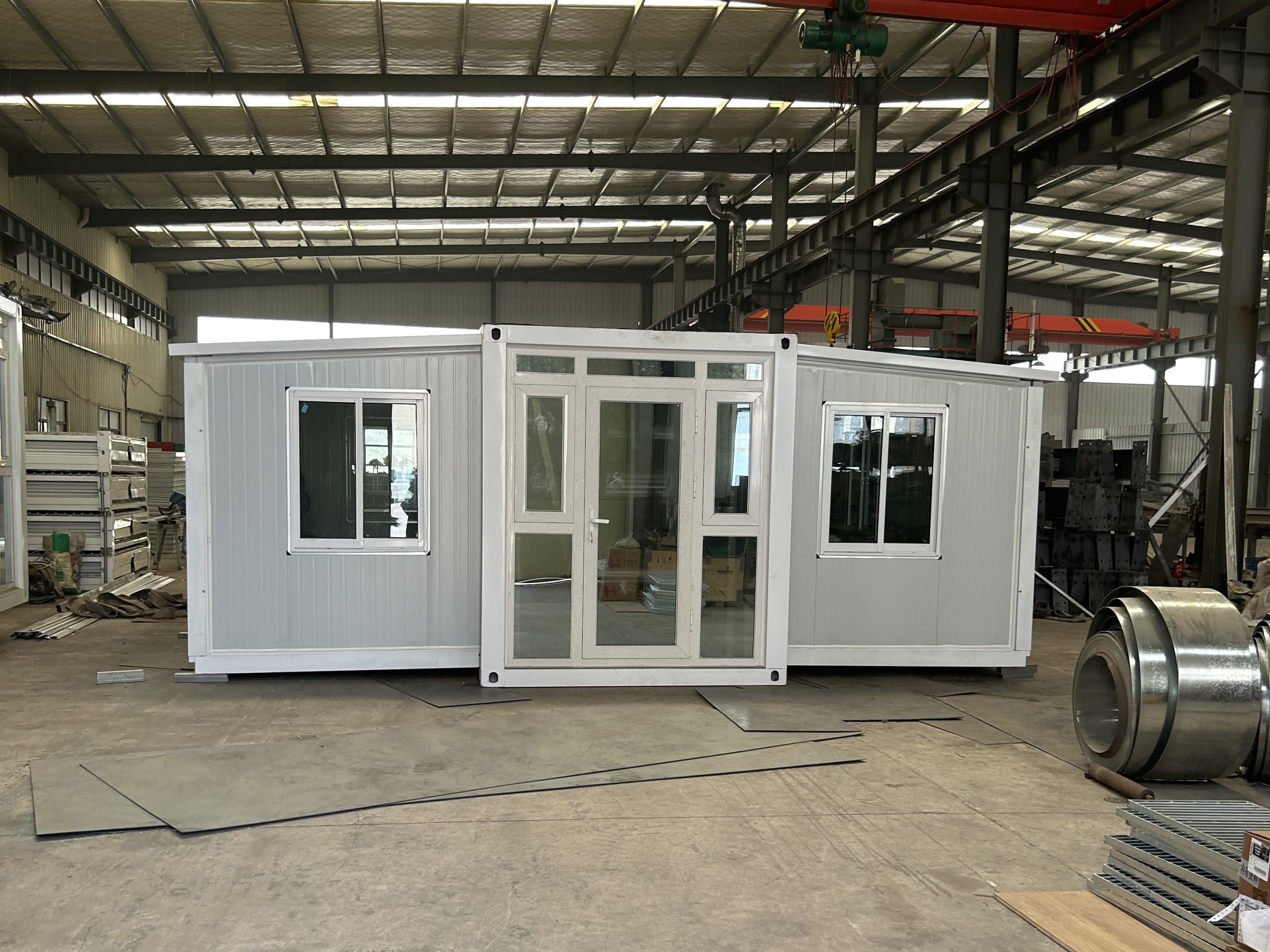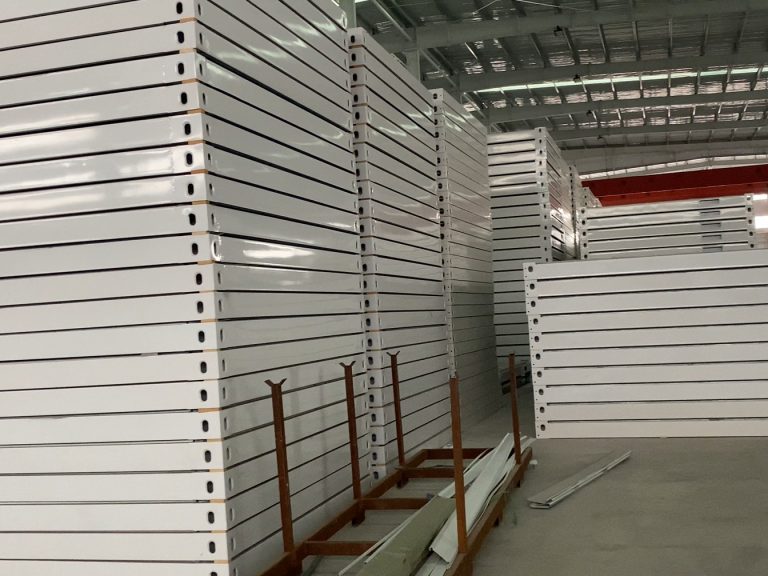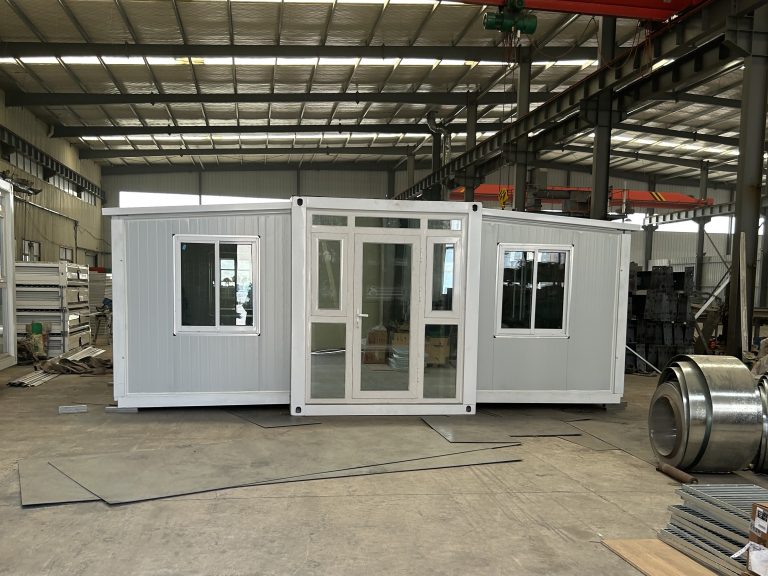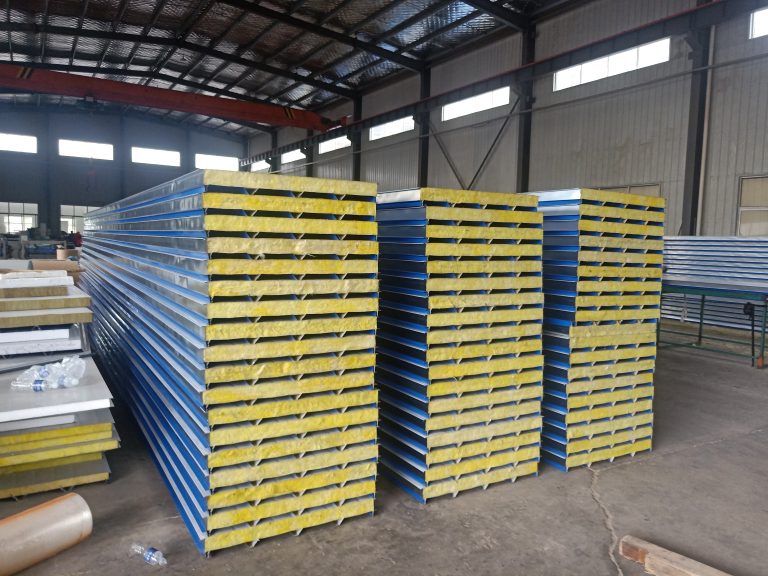Table of Contents
Advantages of Steel Structure in Modular Building
Steel structure has been widely used in the construction industry for its durability, strength, and versatility. In recent years, the application of steel structure in modular building has gained popularity due to its numerous advantages. Modular building, also known as prefabricated construction, involves assembling building components off-site and then transporting them to the construction site for final assembly. This method offers several benefits, such as reduced construction time, cost savings, and improved quality control. When combined with steel structure, modular building becomes even more efficient and sustainable.
One of the key advantages of using steel structure in modular building is its strength and durability. Steel is known for its high tensile strength, which allows for the construction of lightweight yet sturdy building components. This strength is essential for modular buildings, as they need to withstand transportation and assembly processes without compromising their structural integrity. Additionally, steel is resistant to corrosion, fire, and pests, making it a long-lasting and low-maintenance building material. These qualities ensure that modular buildings constructed with steel structure will have a longer lifespan and require fewer repairs and replacements over time.
Another advantage of steel structure in modular building is its flexibility and adaptability. Steel components can be easily customized and fabricated to meet specific design requirements, allowing for greater design freedom and creativity. This flexibility is particularly beneficial for modular buildings, as they often need to be tailored to fit unique site conditions or client preferences. Steel structure also allows for easy expansion or modification of modular buildings, making them a versatile and adaptable solution for changing needs. Whether it’s adding new modules, reconfiguring existing ones, or relocating the entire structure, steel makes it possible to make adjustments quickly and efficiently.
Cost-effectiveness is another significant advantage of using steel structure in modular building. Steel components are manufactured in a controlled factory environment, which reduces material waste and labor costs compared to traditional on-site construction methods. The assembly process is also faster and more efficient, leading to shorter construction timelines and lower overall project costs. Additionally, steel is a recyclable material, making it a sustainable and environmentally friendly choice for modular building construction. By using steel structure, modular buildings can achieve cost savings without compromising quality or performance.
In conclusion, the application of steel structure in modular building offers numerous advantages that make it an attractive option for modern construction projects. The strength, durability, flexibility, and cost-effectiveness of steel make it an ideal material for constructing modular buildings that are efficient, sustainable, and adaptable. As the demand for fast, affordable, and high-quality construction solutions continues to grow, steel structure in modular building is poised to play a significant role in shaping the future of the construction industry. By harnessing the benefits of steel, modular building can revolutionize the way buildings are designed, constructed, and utilized in the years to come.
Sustainable Practices in Steel Structure Modular Building
Steel structure has long been recognized as a versatile and durable material in the construction industry. Its strength, flexibility, and sustainability make it an ideal choice for various building projects. In recent years, there has been a growing interest in using steel structure in modular building, a construction method that involves assembling pre-fabricated modules on-site. This article will explore the application prospect of steel structure in modular building and its potential benefits.

One of the key advantages of using steel structure in modular building is its efficiency. Steel is a lightweight material that can be easily transported and assembled, making it an ideal choice for modular construction. By using pre-fabricated steel modules, construction time can be significantly reduced, leading to cost savings and faster project completion. This efficiency is particularly beneficial in urban areas where space is limited and construction timelines are tight.
In addition to efficiency, steel structure also offers durability and longevity. Steel is resistant to corrosion, fire, and pests, making it a low-maintenance material that can withstand harsh environmental conditions. This durability ensures that modular buildings constructed with steel structure will have a long lifespan, reducing the need for frequent repairs and replacements. Furthermore, steel is a recyclable material, making it a sustainable choice for modular construction projects.
Another benefit of using steel structure in modular building is its design flexibility. Steel can be easily shaped and molded into various forms, allowing for creative and innovative architectural designs. This flexibility enables architects and designers to create unique and aesthetically pleasing modular buildings that meet the specific needs of their clients. Whether it is a residential, commercial, or industrial project, steel structure can be customized to suit the requirements of the building.
Moreover, steel structure is a cost-effective material for modular building. The prefabrication process allows for efficient use of materials and resources, reducing waste and minimizing construction costs. Additionally, steel is a readily available material that can be sourced locally, further reducing transportation costs and carbon emissions. These cost savings make steel structure an attractive option for developers and investors looking to build sustainable and affordable modular buildings.
Furthermore, steel structure offers excellent structural performance. Steel is a strong and stable material that can support heavy loads and withstand extreme weather conditions. This structural integrity ensures the safety and stability of modular buildings constructed with steel structure, providing peace of mind to occupants and stakeholders. Additionally, steel structure can be easily modified and expanded, allowing for future adaptability and flexibility in building use.
In conclusion, the application prospect of steel structure in modular building is promising. Its efficiency, durability, design flexibility, cost-effectiveness, and structural performance make it an ideal choice for sustainable construction projects. As the demand for modular buildings continues to grow, steel structure will play a crucial role in meeting the needs of the construction industry. By embracing steel structure in modular building, developers and investors can create innovative, sustainable, and resilient buildings that benefit both the environment and society.






